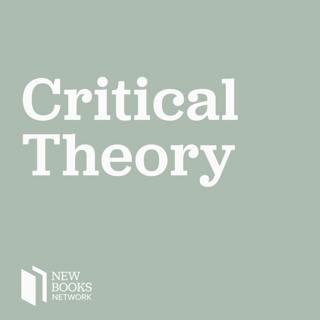The vast majority of historians write history. Perhaps that’s good, as one should stick to what one knows. But there are historians who braves the waters of social and political criticism. One thinks of Arthur Schelsinger Jr., Richard Hofstadter, Christopher Lasch, Robert Conquest, Richard Pipes, Eric Hobsbawm, E. P. Thompson, and more recently Tony Judt, Sean Wilentz and Victor Davis Hanson. Today I had the good fortune to speak with a historian who is virtually sure to enter the top rank of historian-public intellectuals, John H. Summers. Indeed, he already has. He’s published numerous probing essays on academic life, anarchism, the Left, sex scandals, anti-Americanism, the fate of newspapers, and, of course, many of the great American public intellectuals (he’s at work on a biography of C. Wright Mills). Summers does what all critics worth their salt do: comfort the afflicted and afflict the comfortable. Just read his remarkably insightful “All the Priviledged Must Have Prizes” about his experience teaching at Harvard. (Also, read the comments attending article, where current Harvard students unwittingly prove Summers’ main points). We must be grateful, then, that the folks at the Davis Group Press have elected to publish a collection of Summers’ finely crafted essays in Every Fury on Earth (2008). The book is challenging, thought-provoking, and courageous. John H. Summers does not blink. You will agree with some of the things he says, and you will disagree with others. That, of course, is the fun of it.
BTW: If you have a relative or friend who is an academic, this book would make a perfect holiday gift. If you are an academic, indulge yourself and buy it.
Please become a fan of “New Books in History” on Facebook if you haven’t already.
Learn more about your ad choices. Visit megaphone.fm/adchoices
Support our show by becoming a premium member! https://newbooksnetwork.supportingcast.fm/critical-theory
16 Joulu 20081h 10min
